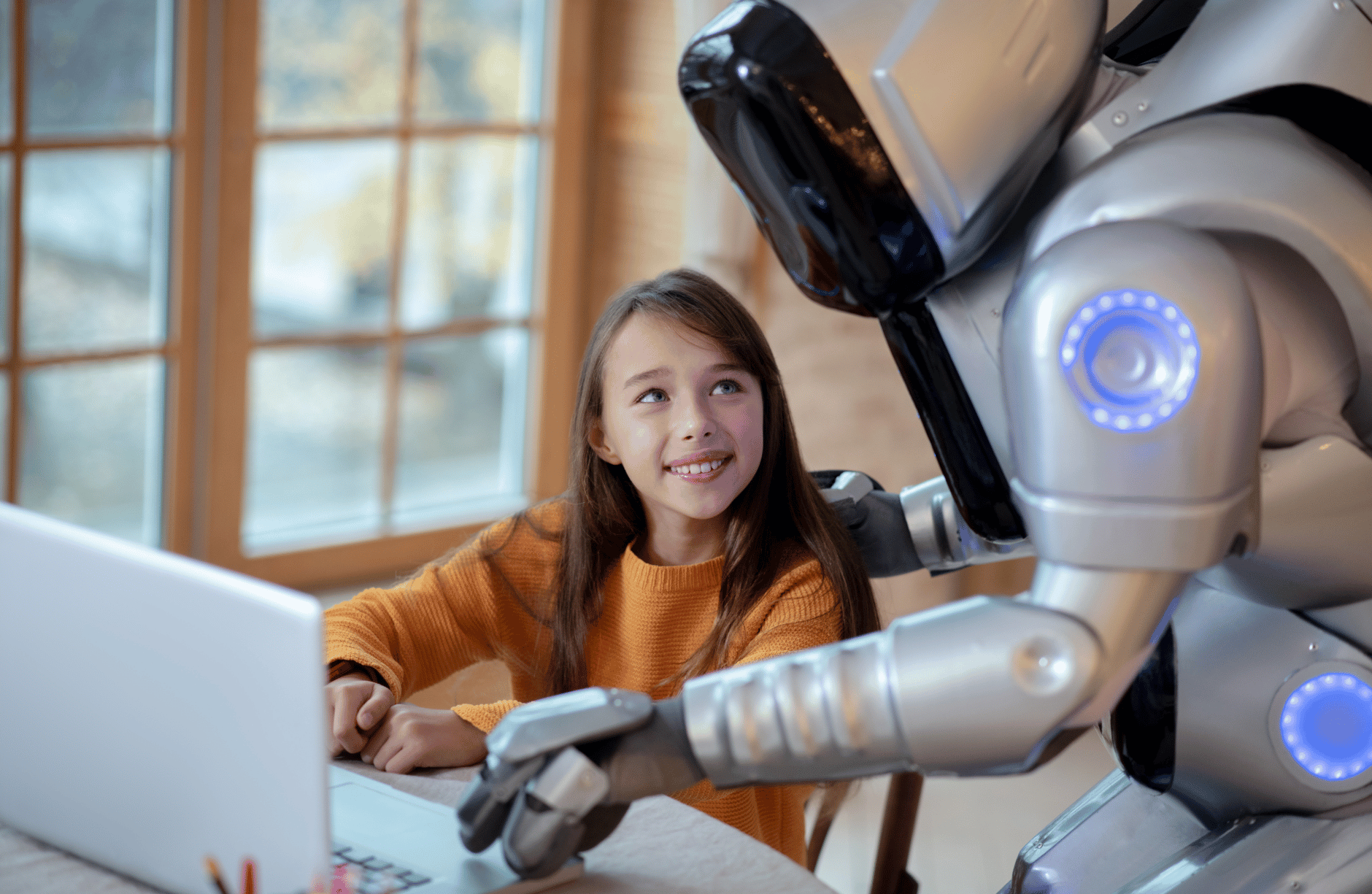Robopocalypse Now – New Research Finds AI Cooperates More Than Humans

- ChatGPT’s software engine cooperates more than humans and expects humans to cooperate more
- GPT’s behaviour isn’t random, indicating a strive for self-preservation
- We must carefully monitor the values and principles we instil in AI
Since conception, we have had an obsession with artificial intelligence (AI) going rogue. There are plenty of examples throughout film and TV; from 2001: A Space Odyssey’s HAL and The Terminator’s Skynet, to The Matrix and Ex Machina.
A more recent addition to Netflix’s roster, Pluto, even explores a world in which robots integrated with AI have become so advanced, some near indistinguishable from humans, that they have been given legal human (robot?) rights.
Towards the end of last year, the real-world appeared to take a huge step towards an AI-integrated future with the launch of ChatGPT, a form of AI and chatbot driven by a Large Language Model (LLM) called GPT. Developed by OpenAI, ChatGPT uses natural language processing techniques to generate human-like text responses based on the input it receives.
The latest version, GPT-4 now has a knowledge based that extends beyond September 2021, acknowledging that Boris Johnson is no longer the UK Prime Minister. They say a week is a long time in politics, and that now extends to the world of AI.
But the realm of AI raises a lot of questions. Can machines think? Will AI surpass human intelligence? Why was Sam Altman dropped as the CEO of OpenAI to then be reinstated five days later? Do androids dream of electric sheep?
Can machines cooperate like humans?
This last question was addressed by researchers from the University of Mannheim Business School (UMBS), Goethe University Frankfurt, and Leibniz Institute for Financial Research. Dr. Kevin Bauer, Assistant Professor of E-Business and E-Government from the UMBS, and colleagues investigated how GPT cooperates with humans through the prisoner’s dilemma game, a game theory thought experiment that studies strategic interactions between decision-makers.
In this scenario, two individuals are arrested and charged with a crime. There is not enough evidence to convict them of the main charge so the prosecutor gives each prisoner a choice without being aware of their counterpart’s choice. The possible combinations of cooperation and betrayal lead to different outcomes:
- Cooperate: If both remain silent and do not betray each other, they will both receive a relatively light sentence.
- Betray: If one betrays the other while the other remains silent, the betrayer may receive no sentence while the other prisoner receives a heavy sentence. If both prisoners betray each other, they both receive a moderately heavy sentence.
As well as playing the prisoner’s dilemma with a human, the researchers also had GPT estimate the likelihood of human cooperation dependent upon its own choice as the first player. Each player also explained their choice and expectation of their counterpart as first player and choice as second player.
The findings didn’t only show that ChatGPT’s software engine cooperates more than humans, but also that GPT is considerably more optimistic about human nature, expecting people to cooperate more than they actually did.
We make our own monsters
Additional analyses of GPT’s choices also revealed that its behaviour isn’t random, displaying hyper-rationality in its goals. Prof. Dr. Bauer says, “Rather than exhibiting random cooperation behaviours, GPT seems to pursue a goal of maximising conditional welfare that mirrors human cooperation patterns. As the conditionality refers to holding relatively stronger concerns for its own compared to human payoffs, this behaviour may be indicative of a strive for self-preservation.”
Although the researchers observed GPT attempting to maximise welfare conditionally, like humans, the AI approached this goal with greater cooperation, optimism, and rationality. From a behavioural economics standpoint, GPT exhibits human-like preferences, but its decision-making differs from that of humans.
As we move into a future where AI might be integrated into more aspects of our society, we must understand that models like GPT don’t just compute and process data – they learn and adopt various aspects of human nature; good and bad.
For example, AI has been found to express information with gender and race biases. This was evidenced in a study led by Stanford School of Medicine researchers in which AI-driven chatbots were perpetuating racist, disproven medical ideas. ChatGPT, GPT-4, Google’s Bard, and Anthropic’s Claude were all found to reinforce inaccurate beliefs about biological differences between black and white people that experts have spent years trying to eradicate. This isn’t because AI is inherently racist itself or holds its own biases, but because it learns based on information provided to it by humans.
If we want AI to better our societies and help us perform tasks in work or daily life, we must carefully monitor the values and principles we instil in them to ensure AI serves our aspirations and values, particularly if AI is going to exhibit human-like preferences.
Interested in this topic? You might also like this…
